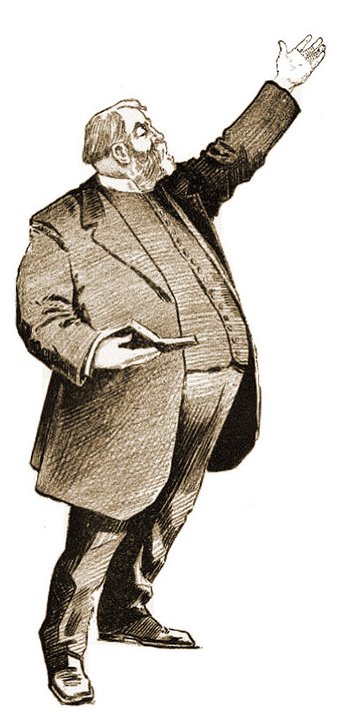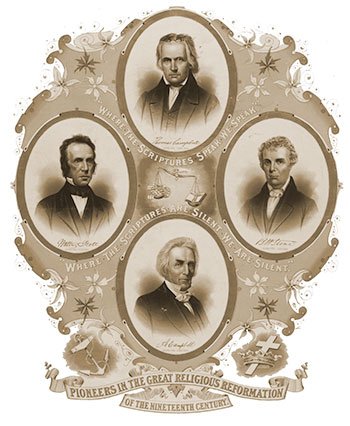1842 Boston Revival
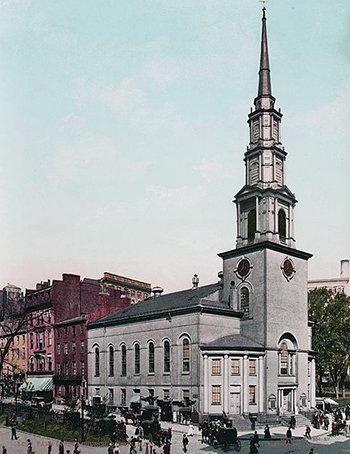
Park St. Church, Boston

Park St. Church, Boston
Introduction
The year 1842 witnessed a significant religious awakening in Boston, Massachusetts, a city then grappling with profound intellectual and social crosscurrents. This revival, a fervent and concentrated expression of the broader Second Great Awakening, was characterized by its explosive intensity, the prominent and often controversial personalities it involved, and its tangible, far-reaching effects on the city’s religious, social, and even physical landscape.
While often overshadowed by earlier and later national revivals, the 1842 Boston Revival serves as a crucial and illuminating case study of urban revivalism in antebellum America. This article will delve deeply into the antecedents that set the stage for this spiritual outpouring, providing a rich context of the religious and social climate of the era.
It will introduce the key figures who ignited and fanned the flames of revival, meticulously examining their methods and theological underpinnings. Furthermore, this paper will analyse the immediate and dramatic effects of the revival, including detailed accounts of conversion experiences and their societal repercussions.
Finally, it will assess the lasting results and enduring legacy of this momentous event in Boston’s history, a period when the city’s intellectual and spiritual currents collided with transformative force.
Antecedents of the 1841 Boston Revival: A City Ripe for Awakening
The Boston Revival of 1842 did not erupt in a vacuum. It was the culmination of a complex interplay of religious, social, and intellectual developments that had been brewing for decades, creating a fertile ground for a spiritual explosion.
The Enduring Legacy of the Second Great Awakening
The most significant and overarching antecedent was the Second Great Awakening, a nationwide Protestant religious movement that began in the late 18th century and continued to shape American society well into the mid-19th century.
This movement, a departure from the more staid and formal religious practices of the past, emphasized personal conversion, emotional religious experiences, and the potential for human improvement through divine grace. It spawned a new breed of itinerant evangelists who, unencumbered by traditional parish boundaries, travelled from town to town, employing innovative and often dramatic techniques to win souls.
By the 1830s, the revivalistic fervour had swept through much of New England, leaving in its wake a generation of individuals who had been “born again” and a cultural landscape imbued with an atmosphere of spiritual expectation. This created a population that was not only familiar with the language and practices of revivalism but was also predisposed to respond to its call.
Boston: A City of Intellectual and Spiritual Contrasts
Boston in the early 1840s was a city of stark and fascinating contrasts. On one hand, it stood as the undisputed centre of American intellectualism. It was the heart of Unitarianism, a liberal theological movement that had captured many of the city’s oldest and most prestigious congregations.
Unitarianism, with its emphasis on reason, rationality, and the benevolence of God, rejected the traditional Calvinist doctrines of predestination and human depravity. It appealed to the city’s elite and educated classes, fostering a climate of intellectual inquiry and theological debate.
Alongside Unitarianism, Boston was also the hub of the burgeoning Transcendentalist movement, a philosophical and literary current that championed individualism, intuition, and the inherent goodness of both humanity and nature. Figures like Ralph Waldo Emerson and Henry David Thoreau were challenging traditional religious and social norms, urging individuals to look within for spiritual truth.
On the other hand, Boston was a bustling and rapidly growing port city, grappling with the profound social challenges of industrialization and immigration. Its population was swelling with working-class families, many of whom were recent immigrants from Ireland and other parts of Europe.
These newcomers often faced poverty, overcrowded living conditions, and the social ills that accompanied rapid urbanization, such as alcoholism, crime, and social dislocation. This created a stark divide between the city’s affluent and educated elite and its struggling working class.
The established and more formal churches, particularly the Unitarian congregations, often failed to connect with the spiritual and emotional needs of this growing underclass. This created a spiritual vacuum, a sense of longing and unease that the more established religious institutions seemed unable to address.
Main Personalities: The Architects of the Awakening
The 1842 Boston Revival was largely driven by the dynamic and contrasting ministries of three prominent and powerful evangelists: Edward Norris Kirk, Charles Grandison Finney and Elder Jacob Knapp. Their arrival in the city, one after the other, created a spiritual synergy that ignited a holy fire.
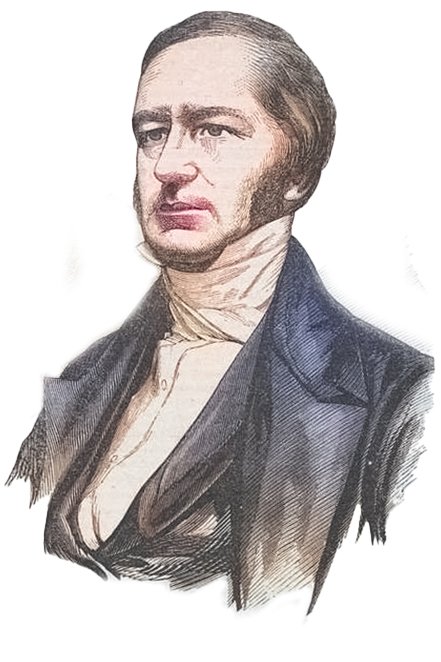
Edward Norris Kirk
Edward Norris Kirk: Preaching and Pastoral Impact
Edward Norris Kirk, educated at Princeton Theological Seminary, brought both intellectual rigor and revivalistic zeal to Boston. Initially Presbyterian, he later identified with Congregationalism and was familiar with the revival techniques popularized by Charles Finney, having been involved in church divisions related to revivalism in Albany, New York, where he founded the Fourth Presbyterian Church. He had also co-founded a training school for evangelists with Nathan S.S. Beman, demonstrating a commitment to propagating revival methods.
Kirk’s impactful preaching series at Park Street Church in 1840 and 1841 laid the crucial groundwork before the broader revival began. His methods included powerful, thematic preaching (like “Prepare to Meet Thy God”), frequent prayer meetings held in conjunction with services, and opportunities for public testimony of conversion.
His success and the growing spiritual interest directly led to the formation of a new congregation. In June 1842, the Mount Vernon Congregational Church was organized, and Kirk was called as its first pastor, a position he held for nearly three decades, until 1871 (or 1874 according to some sources). Kirk also authored works reflecting on revival theology and practice, further disseminating his views.
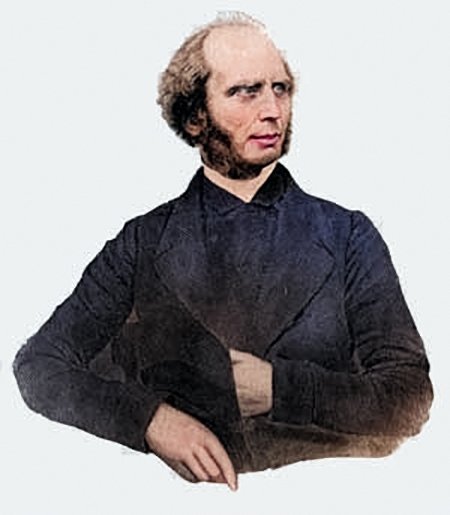
Charles Finney
Charles Grandison Finney: The Master of “New Measures
A towering figure in American religious history, Charles Grandison Finney was a lawyer turned preacher and the undisputed leader of the Second Great Awakening. His conversion experience had been dramatic and life-altering, and he brought a lawyer’s logic and a powerful, persuasive oratory to the pulpit.
Finney was not a passive recipient of revival; he believed that revival was a “scientific” process that could be engineered through the “right use of the constituted means.” This belief led him to develop and champion a set of innovative and often controversial techniques known as the “New Measures.”
These included:
- The “Anxious Bench”: A designated space, usually at the front of the church or meeting hall, where individuals wrestling with their spiritual state could sit to receive focused prayer and personal counselling. This was a radical departure from the more private and individualistic approach to conversion that had been the norm.
- Public Prayer for Individuals by Name: Finney and his supporters would often pray publicly for the conversion of specific individuals, including prominent citizens and even ministers of other churches. This practice, while highly effective in creating a sense of social and spiritual pressure, was also seen by many as a breach of decorum and an invasion of privacy.
- Allowing Women to Testify in Public: In an era when women’s voices were largely silenced in the public sphere, Finney encouraged women to share their conversion experiences and pray aloud in mixed-gender meetings. This was a revolutionary step that empowered women within the church and scandalized many traditionalists.
- Protracted Meetings: As mentioned earlier, Finney was a master of the protracted meeting, holding services every night for weeks, and sometimes even months, on end. This created a sustained atmosphere of religious excitement and made it difficult for individuals to remain indifferent.
Finney’s arrival in Boston in late 1841 and his subsequent preaching at the Marlborough Chapel, a venue specifically opened for revivalistic meetings, drew massive crowds. His powerful sermons, which combined logical argumentation with passionate appeals to the conscience, were instrumental in escalating the revival from a series of local stirrings into a city-wide phenomenon.
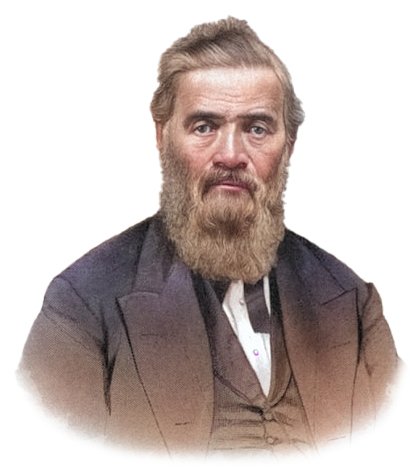
Elder Jacob Knapp

Elder Jacob Knapp
Elder Jacob Knapp: The Fiery Baptist Evangelist
Complementing Finney’s more “scientific” approach was the fiery and direct preaching of Elder Jacob Knapp, a Baptist evangelist who arrived in Boston in December 1841. Knapp was a master of the dramatic and often sensational sermon. He had a gift for painting vivid and terrifying pictures of the horrors of hell and the eternal damnation that awaited the unrepentant sinner.
His preaching was less concerned with theological nuance and more focused on eliciting a powerful emotional response from his listeners. Knapp’s tireless schedule was a testament to his zeal. He preached every afternoon and evening, held pre-dawn prayer services, and conducted daily inquiry meetings for those seeking salvation.
His efforts were primarily focused within the city’s Baptist churches, and he was instrumental in the staggering number of conversions that were reported within that denomination. While some of the more staid and established ministers looked askance at his methods, Knapp’s preaching resonated deeply with many Bostonians, particularly those from the working classes who felt excluded from the more genteel and intellectualized religion of the city’s elite.
The combined efforts of Finney and Knapp, though different in style and approach, created a powerful one-two punch that broke through the city’s spiritual apathy. They were supported by a network of local pastors and laypeople who opened their churches, organized neighbourhood prayer meetings, and provided the crucial follow-up and discipleship for the thousands of new converts.
Effects of the Revival and Conversions: A City Under the Influence
The impact of the 1842 revival on Boston was both immediate and profound, transforming the city’s social and moral landscape in ways that would have been unimaginable just a few months earlier.
A City Transformed: The Shifting Social Atmosphere
Contemporary accounts, from both supporters and critics of the revival, describe a palpable shift in the city’s atmosphere. The revival became the talk of the town, dominating conversations in homes, workplaces, and public spaces. Theatres, which had been a popular form of secular entertainment, saw a dramatic and precipitous drop in attendance. Some even closed their doors for lack of patrons.
One of the most striking symbols of the revival’s impact was the fate of the Tremont Theatre. This grand and popular venue for dramatic productions was eventually sold and transformed into the Tremont Temple, a Baptist church that would become a prominent landmark and a lasting monument to the revival’s influence.
Taverns, gambling dens, and brothels also reported a sharp decline in business as people, convicted by the passionate preaching of Finney and Knapp, abandoned their old habits and flocked to the revival meetings.
The revival seemed to permeate all levels of society, with conversions reported among the city’s wealthy merchants and their families, as well as among the poor and marginalized residents of the city’s tenements. The revival’s influence was so pervasive that it was said that you could not walk the streets of Boston without hearing the sounds of hymns and prayers wafting from open windows.
A Harvest of Souls: The Staggering Number of Conversions
The number of conversions reported during the height of the revival in the winter of 1841-1842 was staggering. Conservative estimates suggest that over 4,000 people professed a new or renewed faith in Christ. The Baptist churches alone saw an addition of some 2,000 new members, a testament to the powerful impact of Elder Knapp’s ministry. These were not, for the most part, fleeting emotional responses.
For many, the conversion experience was a profound and life-altering event that led to a demonstrable and lasting change in their behaviour, values, and life trajectory. The inquiry meetings, a key component of both Finney’s and Knapp’s methodologies, provided a space for individuals to process their spiritual struggles and receive personal guidance.
These meetings were often filled with people weeping, praying, and sharing their stories of sin and redemption.
Social and Moral Reform: The Revival’s Tangible Impact
The revival had a tangible and far-reaching impact on a range of social and moral issues. The temperance movement, which had already been gaining ground in New England, received a massive boost from the revival. Many of the new converts, as a sign of their newfound faith, took the pledge of total abstinence from alcohol.
This had a significant impact on the city’s drinking culture and contributed to the growing political momentum for temperance reform. The revival also had a significant impact on the abolitionist movement. While the connection between revivalism and abolitionism was complex and sometimes fraught with tension, the revival’s emphasis on personal and societal righteousness resonated deeply with the anti-slavery cause.
Many of the leading abolitionists of the era were themselves products of the Second Great Awakening, and they saw the revival as an opportunity to awaken the nation’s conscience to the sin of slavery. The revival also led to a renewed interest in missions, both at home and abroad, as the new converts were eager to share their faith with others.
Lasting Results: The Enduring Legacy of the 1842 Awakening
The 1842 Boston Revival, though relatively brief in duration, left an indelible mark on the city and on the broader landscape of American Protestantism. Its legacy can be seen in the strengthened churches, the evolution of revivalistic techniques, and its role as a catalyst for further spiritual awakenings.
Strengthened Churches and a New Religious Landscape
The most immediate and tangible result of the revival was the infusion of new life and vigor into many of Boston’s evangelical churches. The significant increase in membership provided a new generation of leaders, workers, and financial supporters. This allowed these churches to expand their ministries, build new facilities, and increase their influence in the city. The transformation of the Tremont Theatre into the Tremont Temple Baptist Church is the most iconic example of this, but many other churches also experienced a period of growth and renewal in the wake of the revival. The revival also shifted the religious landscape of Boston, challenging the dominance of Unitarianism and demonstrating the enduring power and appeal of evangelical Christianity in an urban setting.
The Legacy of “New Measures” and the Evolution of Revivalism
The success of Finney’s “New Measures” in a major urban centre like Boston helped to solidify their place in the repertoire of American revivalism. These techniques, which had once been seen as radical and controversial, were now seen as a proven and effective means of winning souls.
Later evangelists, such as Dwight L. Moody and Billy Sunday, would adopt and adapt Finney’s methods, shaping the course of urban missions and mass evangelism for decades to come. The 1842 Boston Revival can therefore be seen as a key moment in the professionalization of revivalism, the development of a set of techniques and strategies that could be employed prepare the ground for a spiritual revival.
A Catalyst for Further Awakenings and a National Impact
The spiritual fervour generated in Boston did not remain confined to the city. It spread to surrounding towns and communities, contributing to the broader wave of revivals that continued to sweep across the nation in the mid-19th century.
The 1842 revival can be seen as a key link in the chain of American awakenings, a powerful demonstration of the potential for religious revival in an increasingly urban and industrialized nation. It also had a national impact through the press, as newspapers and religious periodicals across the country reported on the remarkable events taking place in Boston.
This helped to create a sense of national spiritual excitement and encouraged Christians in other parts of the country to pray for and work for a similar outpouring of the Holy Spirit in their own communities.
Conclusion
The 1842 Boston Revival was a pivotal and transformative moment in the city’s spiritual and social history. It was a powerful and dramatic demonstration of the enduring appeal of evangelical religion in a rapidly changing urban environment, challenging the intellectual and religious establishment of the time and offering a message of hope and redemption to a diverse and often struggling populace. Through the dynamic and contrasting leadership of figures like Charles Grandison Finney and Elder Jacob Knapp, and fuelled by the deep-seated spiritual yearnings of a city in transition, the revival brought about a wave of conversions that reshaped the religious landscape of Boston and left a lasting and multifaceted legacy on American Protestantism. It remains as a compelling and enduring testament to a time when, for a brief but intense and unforgettable period, the “hub of the universe” became a crucible of fervent faith, a city set on a hill, ablaze with a holy, spiritual conflagration.
For futher study
Lectures on revivals : Kirk, Edward Norris, 1802-1874
The Boston Revival 1842 by Martin Moore. Free download
